The Bo-Kaap in formerly known as the Malay Quarter, a lively suburb full of brightly coloured houses and cobble stoned streets.
Many of which are national monuments and date back to the 1750s.
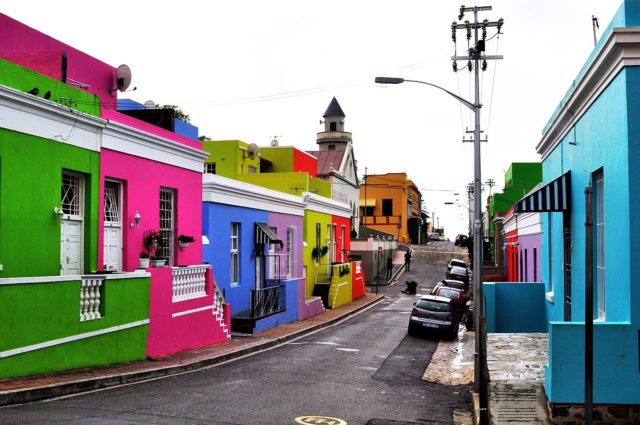
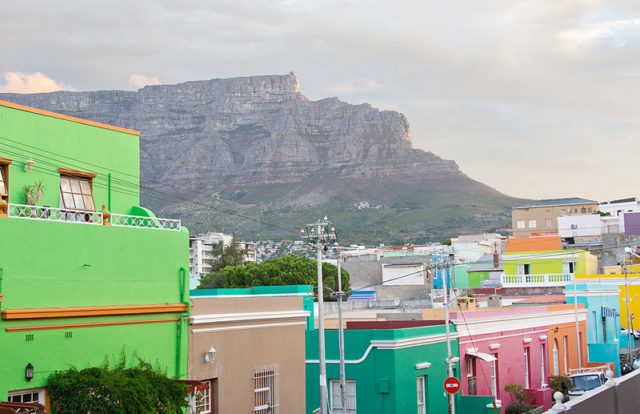
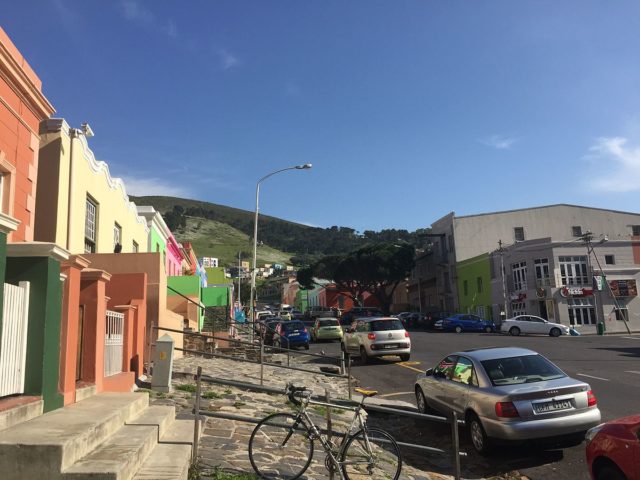
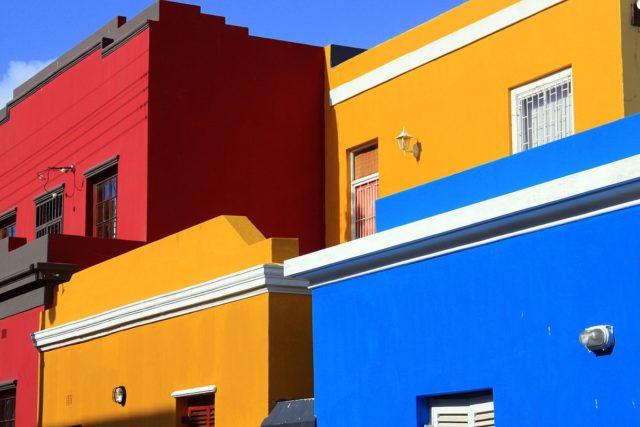
Many of the inhabitants are a blend of cultures that descend from slaves brought to South Africa from India, Sri Lanka, and Indonesia by the Dutch in the 1700s.
Many were Muslims and others were converted to Islam by the Cape Muslim community.
These former slaves became known as the Cape Malay, and it’s believed that they were instrumental in the formation of the Afrikaans language, a version of Dutch simplified for easier communication between the Dutch settlers and workers.
Educated Muslims were the first to write texts in Afrikaans.
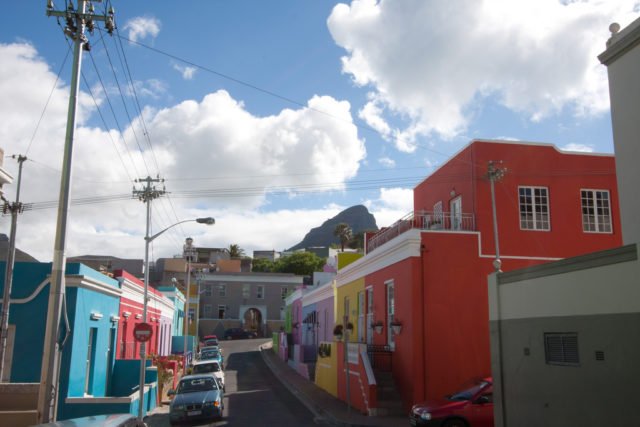
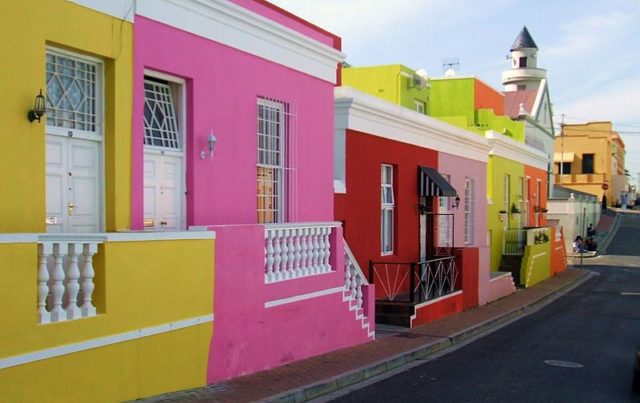
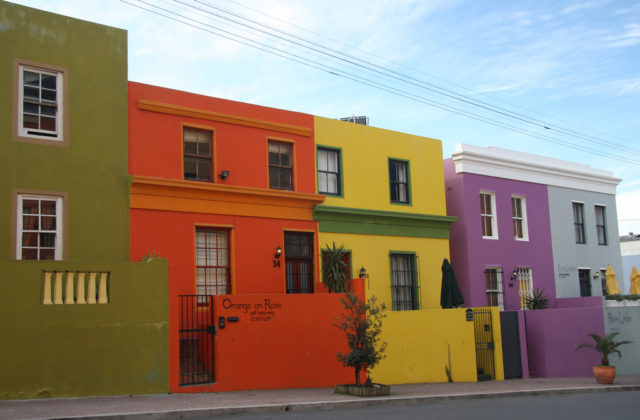
One of the oldest buildings in Wale Street 71, which dates back to the 1760s, houses the “Bo-Kaap Museum” which became home to many Muslims and freed slaves after the abolition of slavery.
It highlights the cultural contribution made by early Muslim settlers, many of whom were skilled tailors, carpenters, shoe makers and builders.
It contains 19th-century furnishings which include a fine Cape drop-leaf dining table, Cape Regency-style chairs and a bridal chamber decorated to match the bride’s dress.
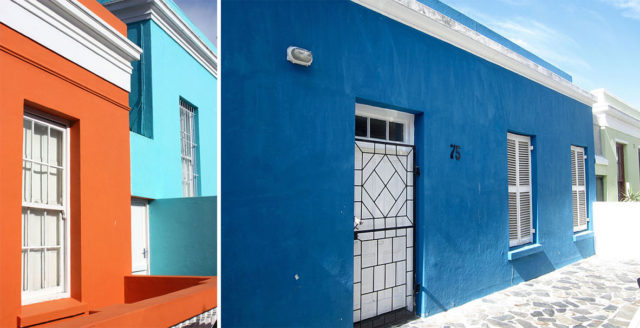
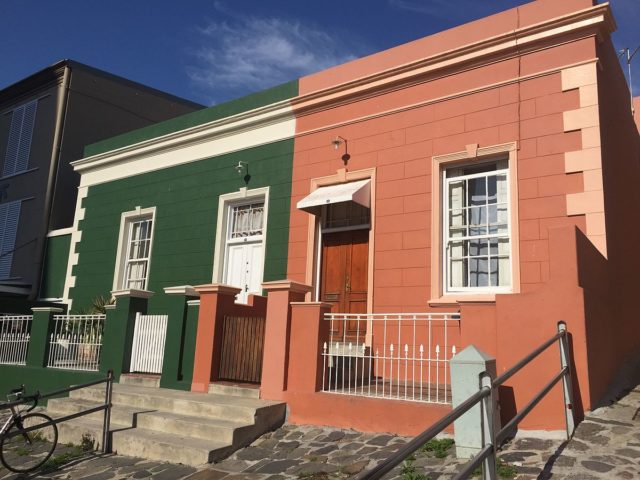
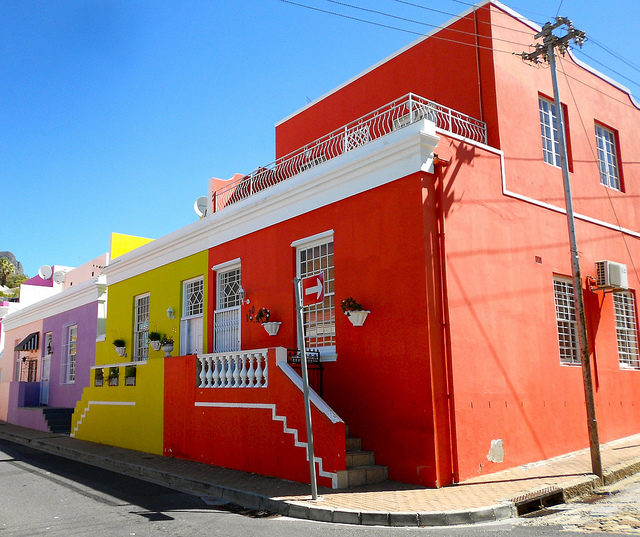
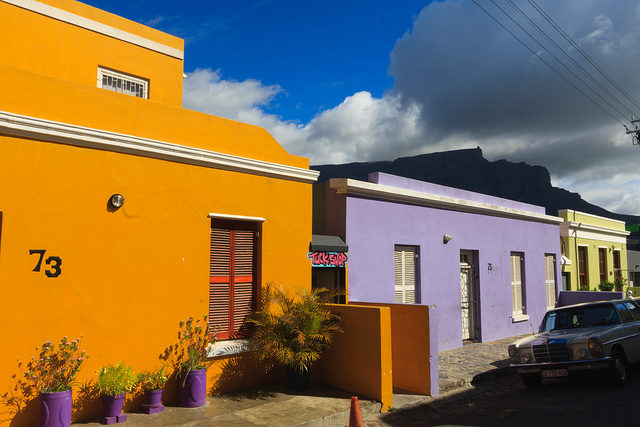
The museum is distinguishable by its voorstoep—a type of front terrace with a bench at each end emphasizing the polarizing aspect of Cape Muslim culture.
The most interesting exhibit in the museum is the selection of black-and-white photos of local life displayed in the upstairs room, across the courtyard.
Not far from the museum is the oldest mosque in South Africa, the Auwal Mosque built at the turn of the 18th century.
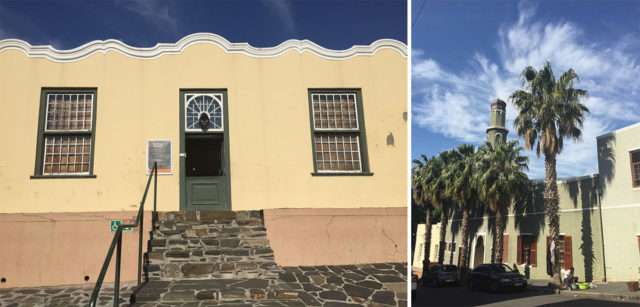
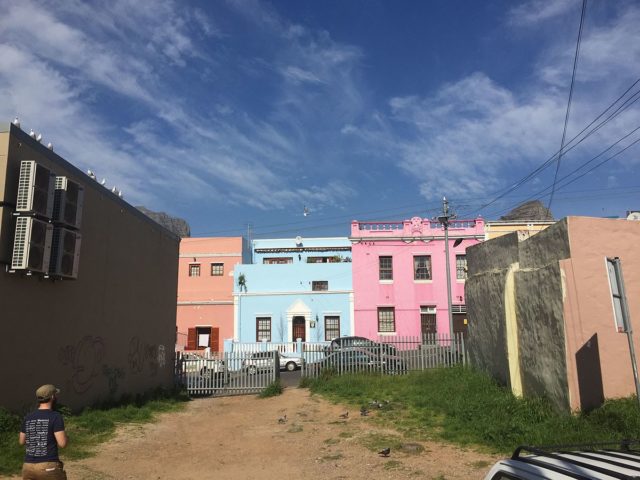
Colourful houses, steep cobbled streets, the muezzin’s calls to prayer, and children traditionally dressed for Madrassa, add to this unique Cape experience.
